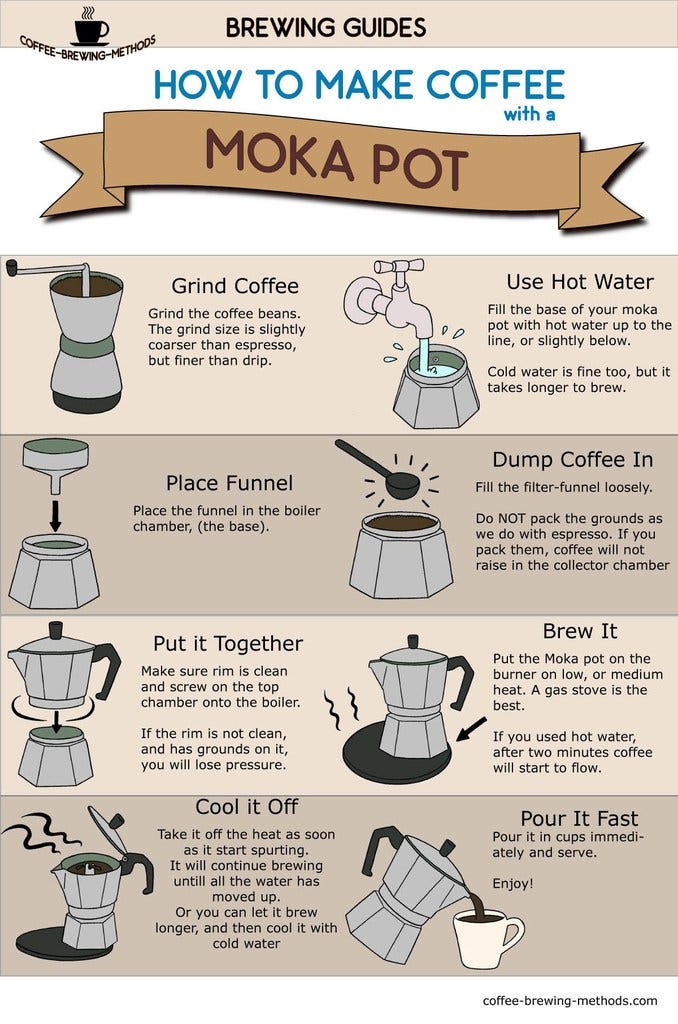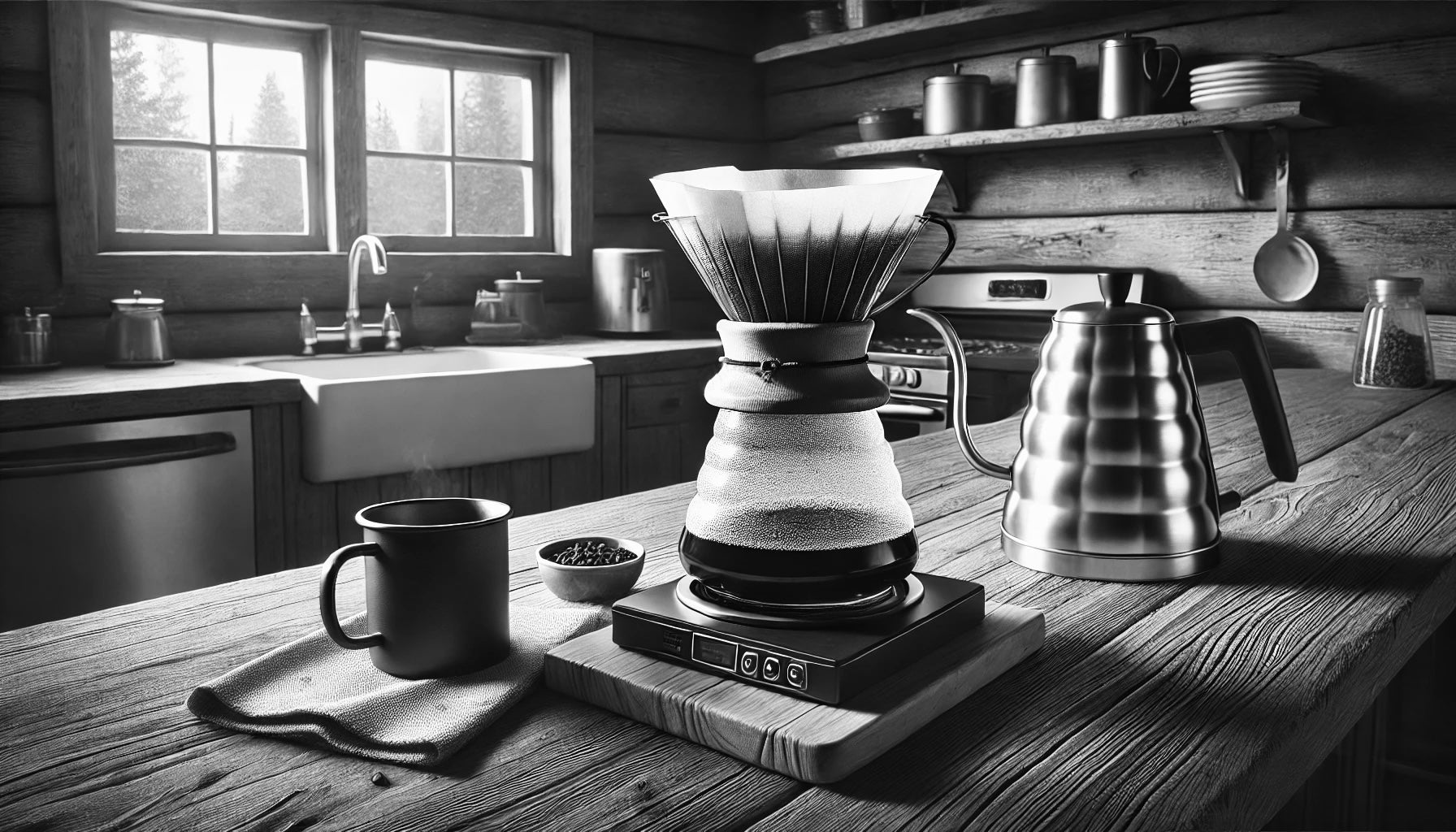Unveiling the Scientific Research Behind Different Coffee Brewing Methods and Their Benefits
Unveiling the Scientific Research Behind Different Coffee Brewing Methods and Their Benefits
Blog Article
The Science Behind Coffee Developing: How Temperature Level and Time Affect Your Drink
Comprehending the science behind coffee brewing discloses that temperature and time are not simple variables but critical components that dictate the beverage's taste profile and general high quality. The optimal developing temperature typically falls in between 195 ° F and 205 ° F, while the duration of extraction varies considerably throughout various methods. This interaction of factors can lead to a mug that is either disappointing or fascinating. As we explore the nuances of these aspects, the inquiry occurs: just how can one efficiently balance temperature level and time to accomplish that ideal brew?
The Chemistry of Coffee Extraction
The chemistry of coffee removal explores the elaborate procedures that change raw coffee beans into the fragrant beverage appreciated worldwide. This change largely includes the solubility of various substances existing in the beans, which are influenced by variables such as grind dimension, water quality, and the developing approach employed.
Throughout the developing process, warm water serves as a solvent, removing soluble compounds, including high levels of caffeine, acids, sugars, and lipids, from the coffee grounds. Each substance adds to the taste profile, scent, and body of the last beverage. For circumstances, acids are accountable for bright and tasty notes, while oils add to an abundant mouthfeel.
The removal process is not uniform; different substances dissolve at different prices. The preliminary phases of developing extract acids and sugars, bring about a pleasant acidity, while prolonged extraction can bring about anger because of over-extraction of unfavorable substances. Understanding these chemical interactions is crucial for optimizing brewing techniques, as the balance in between extraction time and water temperature level can considerably affect the overall quality of the coffee. Ultimately, mastering the chemistry of coffee extraction is essential to accomplishing a savory and well-shaped mug.
Suitable Brewing Temperatures
Locating the appropriate brewing temperature is essential for opening the full possibility of coffee flavors and aromas - coffee brewing methods. Study suggests that the optimal array for developing coffee exists between 195 ° F to 205 ° F(90 ° C to 96 ° C) Within this array, the extraction process properly dissolves the preferable soluble compounds in coffee beans, leading to a flavorful and balanced mug
Brewing at reduced temperatures, such as listed below 195 ° F(90 ° C ), may result in under-extraction, yielding an acidic and weak brew with low-key flavors. Alternatively, developing at temperature levels exceeding 205 ° F(96 ° C) can bring about over-extraction, creating a severe and bitter preference as a result of the excessive dissolution of unwanted substances, such as tannins.
Furthermore, the excellent brewing temperature can differ relying on the coffee bean type and roast level. For example, lighter roasts commonly gain from somewhat greater temperatures to improve their complex taste accounts, while darker roasts may be much better matched to lower temperature levels to reduce resentment.
Ultimately, preserving precision in brewing temperatures is important for accomplishing an unified equilibrium of tastes, making certain that every mug of coffee supplies a gratifying sensory experience.
Impact of Brewing Time
Developing time plays a critical duty in link identifying the flavor profile and general high quality of coffee. Shorter developing times can result in under-extraction, leading to a sour or weak taste, as not enough soluble compounds are dissolved.
Optimum brewing time varies depending on the method used and the work dimension of the coffee. As an example, a French press usually needs regarding four minutes, while espresso extraction is generally completed within 25 to 30 secs. It is important to calibrate developing time in combination with various other variables, such as water temperature and coffee-to-water ratio, to accomplish the wanted taste account.
Understanding the effect of brewing time enables coffee lovers to refine their developing methods, ultimately improving the sensory experience of their cup (coffee brewing methods). With cautious interest to this variable, one can open the complete possibility of the coffee, revealing its one-of-a-kind attributes and nuances
Brewing Techniques and Their Results

For example, methods like French press and chilly mixture permit a longer steeping time, causing a fuller body and robust taste because of raised extraction of oils and soluble solids. Alternatively, coffee brewing uses high pressure and a much shorter removal time, producing a focused shot that highlights extreme tastes and an abundant crema.
Pour-over strategies, such as Chemex or V60, offer a more controlled removal process, allowing the brewer to adjust flow price and water distribution, which can improve brightness and quality. Meanwhile, percolation approaches cycle water with the coffee grounds several times, bring about a stronger, typically bitter flavor.
Finally, using paper filters versus metal filters can also affect the final taste; paper filters generally yield a cleaner mug by trapping oils and fine particles, while steel filters enable more oils to pass through, adding to a fuller mouthfeel - coffee brewing methods. Comprehending these nuances can boost the coffee experience considerably
Tips for Developing Your Brew
A well-executed mixture can transform even the most basic coffee into an impressive experience. Grind the beans simply prior to making to maximize freshness, ensuring the work dimension matches your developing method-- coarser for French press and finer for espresso.
Water top quality plays a vital role; use filteringed system water without contaminations. The ideal developing temperature level ranges between 195 ° F and 205 ° F(90 ° C to 96 ° C ) Too warm can scorch the coffee, while also awesome may under-extract flavors.
Timing is equally vital. For immersion techniques, soaking for three to five minutes is optimal, whereas drip techniques commonly take around 5 minutes. Explore mixture times to find your preferred stamina.

Final Thought
In recap, the complex relationship in between temperature level and time is vital in the coffee brewing process. Adhering to ideal brewing temperature levels in between 195 ° F and 205 ° F, alongside accurate timing tailored per technique, makes certain the desired taste profile is accomplished. Recognizing these scientific principles equips people to refine their developing techniques, inevitably resulting in a more balanced and delightful coffee experience. Proficiency of these elements is vital for any kind of Learn More Here coffee enthusiast looking for quality in their drink.
Understanding the science behind coffee developing reveals that temperature and time are not simple variables but crucial components that determine the beverage's flavor profile and overall high quality. Understanding these chemical communications is essential for optimizing brewing strategies, as the equilibrium in between extraction time and water temperature can considerably affect the total top quality of the coffee.Developing time plays a crucial function in identifying the taste profile and general high quality of coffee. By focusing on these components-- bean top quality, grind size, water temperature level, steeping time, and proportion-- you can boost your coffee brewing process, resulting in a consistently exceptional mug.
In summary, the intricate partnership in between temperature and time is paramount in the coffee developing process.
Report this page